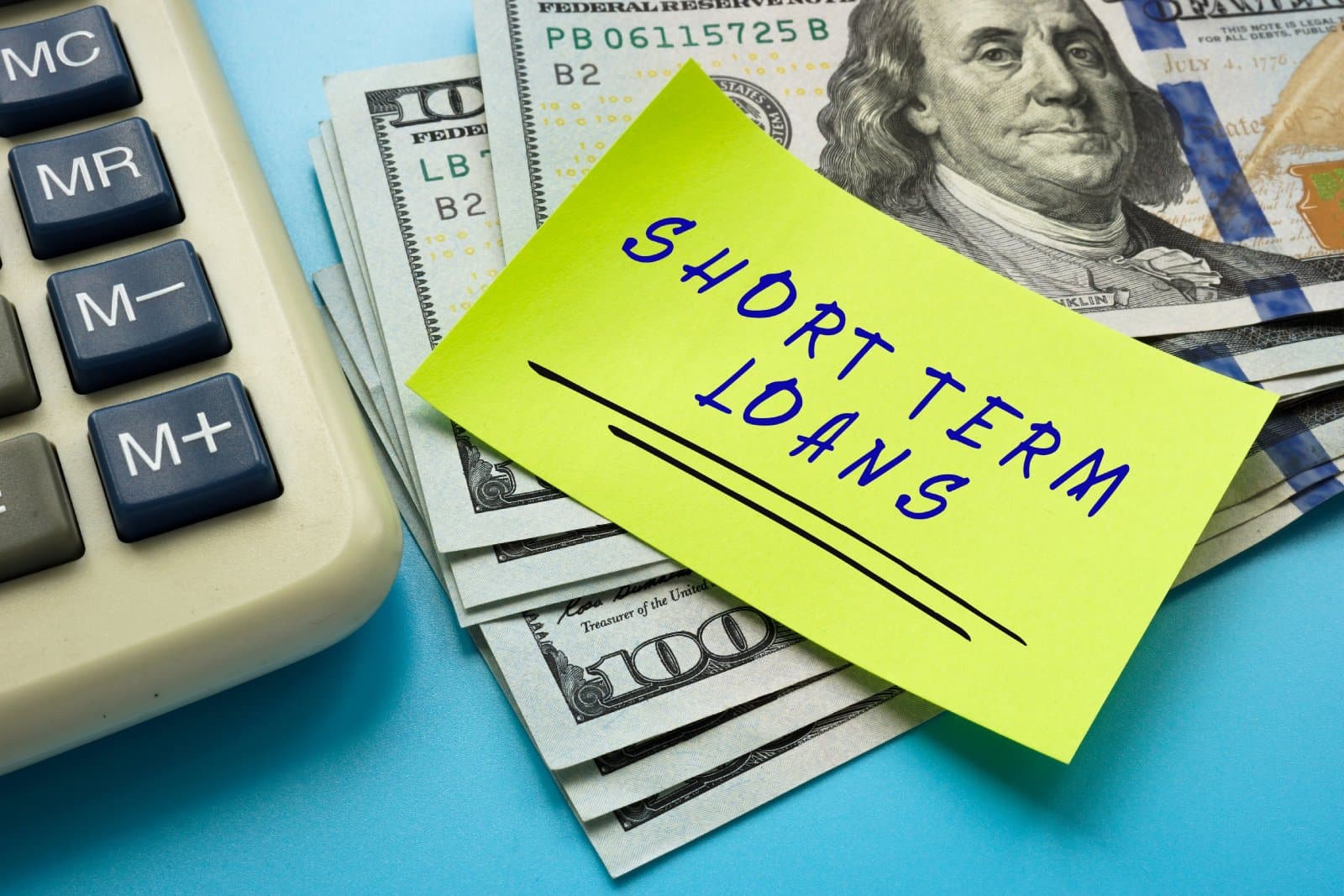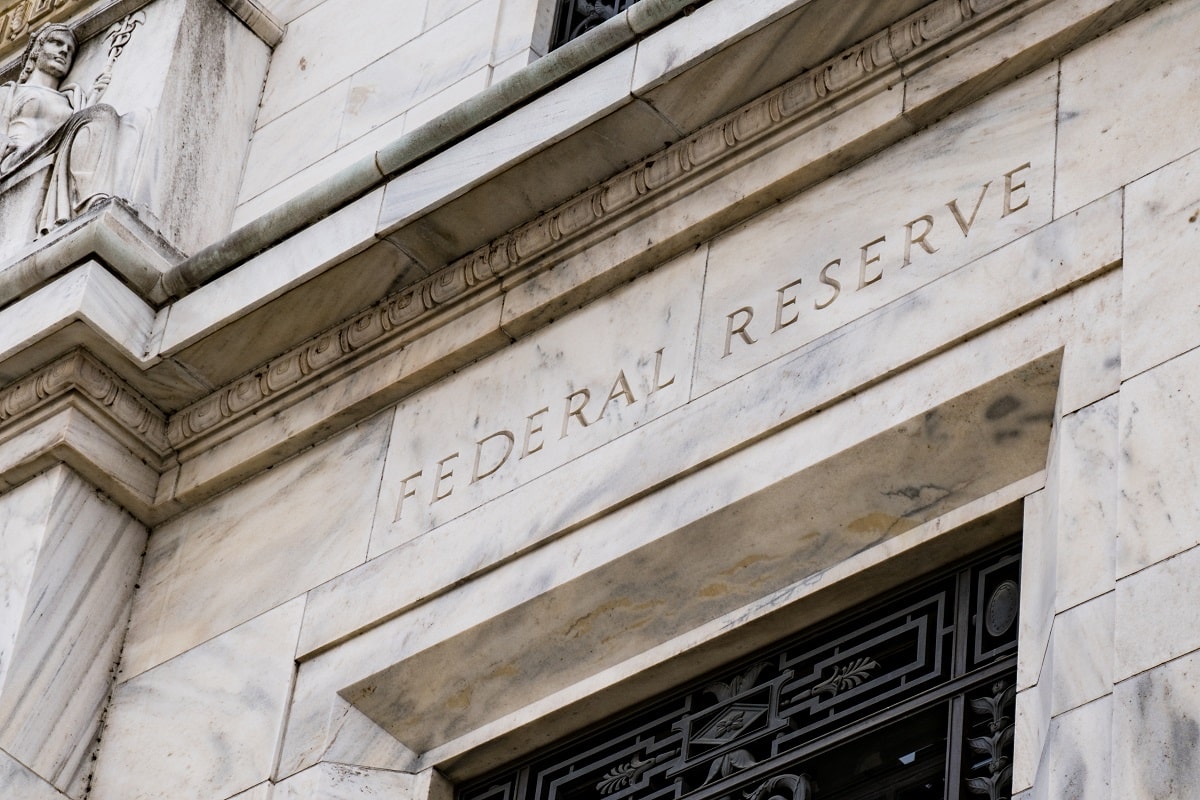The financial world constantly buzzes with expectations and predictions. The new year has brought little relief from the noise as Wall Street’s optimism over potential interest rate cuts by the Federal Reserve has been a major topic. However, the reality presents a different picture – a delay in these anticipated cuts, could lead to pain for investors.
Wall Street’s Temporary Celebration

Wall Street has been riding a wave of euphoria, fueled by hopes of rate cuts. The S&P 500, for instance, soared 15% from its low in late October. This surge is partly attributed to the slowing of inflation, igniting expectations of Federal Reserve intervention to prevent a recession.
Short-Term Interest Rate Dynamics

Short-term interest rates have witnessed a fall, easing borrowing costs for consumers and businesses. This development aligns with market expectations of multiple rate cuts by the Fed this year, a total reduction of 1.5 percentage points, as projected by the CME FedWatch Tool.
The Inflation and Economy Conundrum

Despite market optimism, prevailing economic conditions and persistent inflation levels suggest that immediate rate cuts are unlikely. Inflation still hovers above the Fed’s 2% target, with core CPI excluding energy and food almost at 4%. This scenario indicates the need for further cooling in consumer demand to balance prices.
Inventory Management in Consumer Companies

Businesses aren’t rushing to increase inventory, which could help alleviate supply issues. This cautious approach by consumer companies adds another layer to the economic equation, making immediate rate cuts less feasible.
Macroeconomic Data Against Early Cuts

Analysts like Steve Englander from Standard Chartered emphasize that current macroeconomic trends don’t support an early rate cut. The still-high inflation rates and economic strength hint at a more cautious approach from the Fed.
The Risk of Premature Policy Easing

There’s a potential risk that inflation might rebound if the Fed eases its policy too soon. The drop in short-term rates could spur consumer spending beyond desired levels, complicating the Fed’s inflation-targeting efforts.
2024: The Anticipated Year for Rate Cuts

Thierry Wizman of Macquarie suggests that mid-2024 might be when we see the Fed cutting rates. This prediction, if accurate, implies a longer wait for investors hoping for immediate relief.
Market Reactions to Delayed Rate Cuts

A delay in rate cuts could lead to an increase in short-term rates and a potential dip in demand for goods and services. This scenario may adversely affect corporate profits and market stability.
The Stock Market’s Sensitivity

Historically, the stock market has responded to changes in interest rates. As rates drop, the market typically gains, but it struggles when rates rise significantly. This trend is likely to continue in the current economic environment.
Corporate Response to Interest Rate Fluctuations

Interest rate movements also have a significant impact on individual companies, influencing their financial health and operational strategies. When rates rise, the cost of borrowing for companies increases, potentially leading to reduced investment in growth or expansion. This scenario particularly affect firms with high debt levels or those in capital-intensive industries.
Sector-Specific Impacts and Investor Considerations

Different sectors react uniquely to interest rate changes. Utilities or real estate, often relying heavily on debt for infrastructure investments, might see their profits squeezed as rates rise. On the other hand, financial institutions, like banks, could benefit from wider interest margins.
Hedging Bets

Investors should consider these sector-specific impacts when building their portfolios. A diversified approach, balancing sectors differently affected by interest rate changes, can provide a hedge against the varying impacts of rate fluctuations on individual companies.
Overoptimism and Risk Management

There’s a sense that investors might have gotten ahead of themselves with their optimism. This situation underscores the importance of risk management. Rather than attempting to time the market, a steady, gradual investment approach can help navigate these uncertain times.
Mitigating Short-Term Market Movements

Short-term market fluctuations can be challenging, but a diversified portfolio and a focus on steady, gradual investments can mitigate these risks. Investors should remain mindful of the broader economic indicators and adjust their strategies accordingly.
The Long Game: Patience and Planning

Investors need to plan for the long term, considering the likelihood of continued high rates. Patience and strategic planning are key to weathering the interim period before any potential rate cuts.
The post Investors on Edge as Fed Postpones Rate Cut Decision first appeared on Liberty & Wealth.
Featured Image Credit: Shutterstock / Paul Brady Photography.
The content of this article is for informational purposes only and does not constitute or replace professional financial advice.

